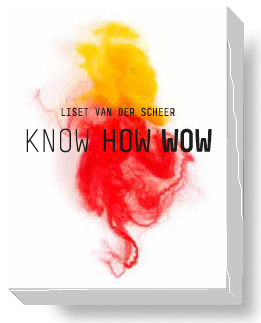



Yarn
Coral
For the Corale a core-spun twine has been used; a different coloured fibre or yarn is wound round the core creating a dot in the middle. Then the yarn is felted so that the two colours adhere to each other. Sometimes an adhesive is mixed in with the fibres. Then adhesion is achieved by heating.
I was the first to bring a cut pile with this yarn to the market.


This method was originally devised to produce a cheap yarn with a core of a lesser quality. The method is also used for yarns that are not supposed to stretch or shrink, for instance for aircraft applications. The core then consists of a glass fibre and the sheath of wool or another raw material.
In this technique a woollen thread is wound round the core thread .Then the woollen thread is felted so that the two colours adhere to each other. There are two different techniques for felting a thread: Periloc, and the conventional way, with washing the yarns with soap.
Another well-known core-spun yarn is Lycra, used among other things for tights and stretch fabrics. An elastomer (elastic) is wound around by another yarn.
